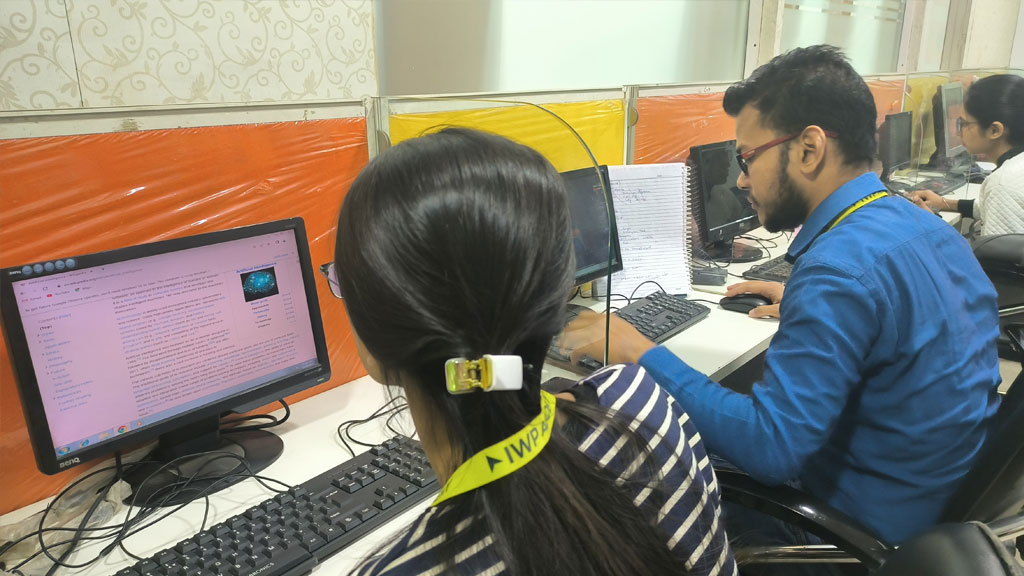Introduction:
In a world where digital innovation is at the forefront of creative expression, multimedia courses serve as gateways to a diverse and dynamic realm. Whether you’re passionate about graphic design, video production, or interactive media, a multimedia course is your ticket to exploring the intersection of technology and creativity. In this blog post, let’s unravel the layers of excitement and skill development waiting for you in the captivating world of multimedia education.
- Foundations of Multimedia: The journey into multimedia often begins with an exploration of its foundations. Students delve into the principles of design, understanding the nuances of visual aesthetics, color theory, and composition that form the backbone of multimedia creativity.
- Graphic Design and Visual Communication: Graphic design is a cornerstone of multimedia, and courses typically offer in-depth training in industry-standard software tools. From creating striking logos to designing captivating marketing materials, students develop the skills to visually communicate ideas effectively.
- Video Production and Editing: Multimedia courses often cover the art of video production and editing. Students learn the entire process, from conceptualization and storyboarding to shooting and editing, honing their skills to create compelling narratives through the lens.
- Animation and Motion Graphics: The magic of animation brings still images to life. Multimedia courses delve into animation techniques, including 2D and 3D animation, as well as motion graphics. Students explore the tools and methods to add dynamic movement to their creations.
- Interactive Media and User Experience (UX) Design: With the rise of interactive technologies, multimedia courses may include modules on interactive media and UX design. Students explore creating engaging user interfaces, understanding user behavior, and designing seamless interactive experiences.
- Web Design and Development: The digital landscape is incomplete without the web, and multimedia courses often incorporate web design and development. Students learn coding languages, responsive design principles, and the art of creating visually appealing and functional websites.
- Digital Photography: Multimedia professionals often wear many hats, including that of a photographer. Courses may include elements of digital photography, teaching students the technical and artistic aspects of capturing visually stunning images.
- Sound Design and Music Production: Multimedia is not just about visuals; it’s about the complete sensory experience. Courses often touch on sound design and music production, enabling students to enhance their projects with immersive audio elements.
- Virtual and Augmented Reality (VR/AR): Multimedia courses at the cutting edge may explore the realms of virtual and augmented reality. Students get hands-on experience in creating immersive environments and interactive experiences using these emerging technologies.
- Portfolio Building and Industry Showcase: As students progress through their multimedia course, they actively build a diverse portfolio showcasing their best work. Many courses culminate in an industry showcase, where students have the opportunity to present their projects to professionals, potential employers, and fellow creatives.
Conclusion:
A multimedia course is a thrilling journey into the ever-evolving landscape of digital creativity. Whether you’re envisioning a career in graphic design, video production, or interactive media, the skills acquired in a multimedia course empower you to become a digital storyteller in a world hungry for innovation. Are you ready to craft digital symphonies and push the boundaries of creative expression? The digital canvas is yours to explore!

